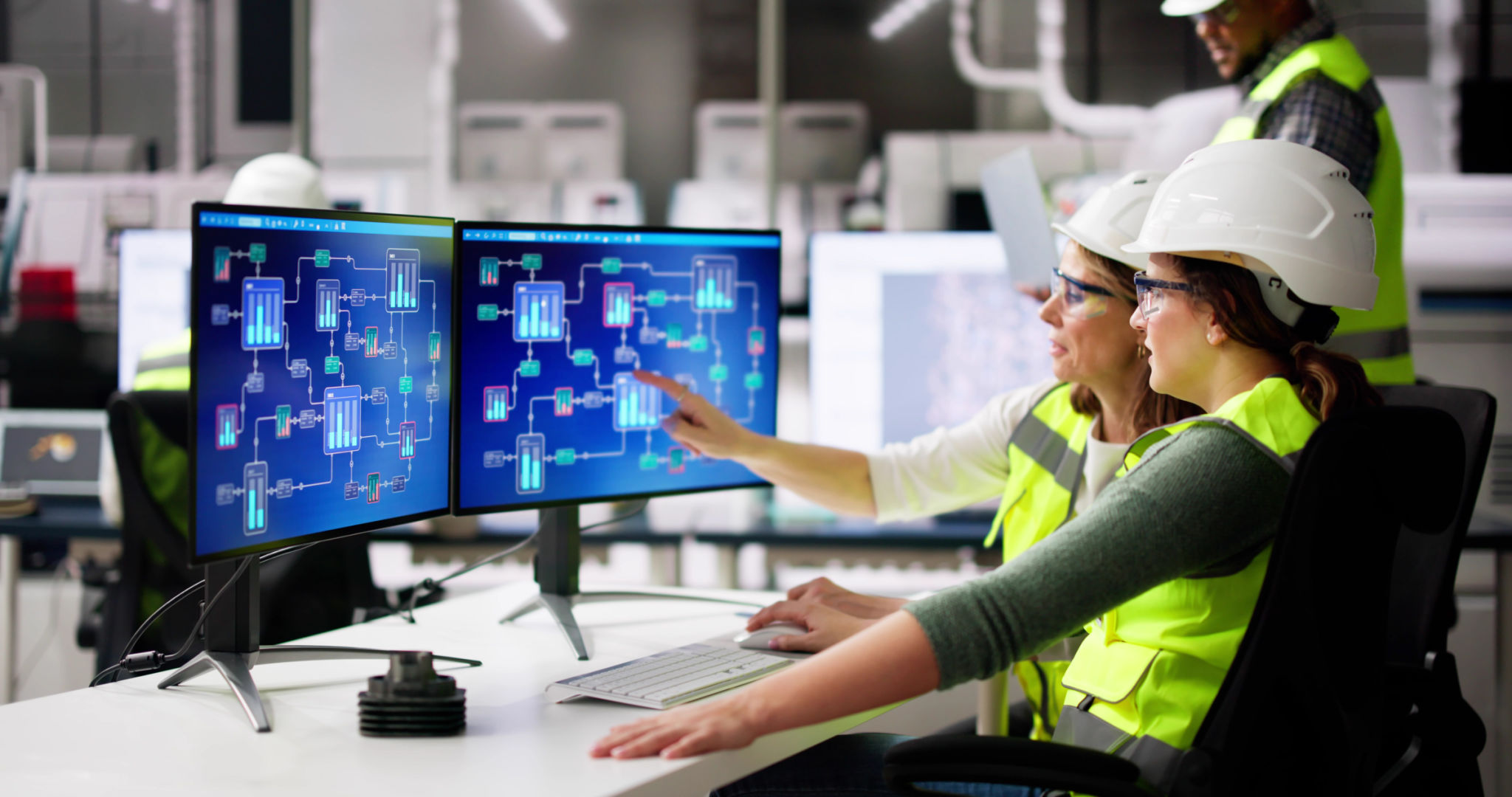Top Myths About Construction Automation Debunked
Introduction to Construction Automation Myths
As the construction industry evolves, automation is becoming a critical component in enhancing efficiency and safety. However, despite its growing adoption, several myths persist about construction automation. These misconceptions can hinder progress and innovation. In this blog post, we will debunk some of the most common myths surrounding construction automation.

Myth 1: Automation Will Replace Human Jobs
A prevalent myth is that automation will lead to massive job losses in the construction industry. While it is true that certain tasks are being automated, the role of human workers remains crucial. Automation is designed to complement human efforts, not replace them. By taking over repetitive and dangerous tasks, automation allows workers to focus on more complex and creative aspects of projects.
The Role of Humans in an Automated Environment
In an automated construction environment, humans are indispensable for decision-making, problem-solving, and overseeing operations. Automation tools can handle routine tasks, but they lack the intuition and adaptability that human workers bring to the table. Furthermore, as technology advances, new job roles emerge, requiring skilled workers to manage and maintain automated systems.
Myth 2: Automation is Too Expensive
Another common misconception is that construction automation is prohibitively expensive and only large companies can afford it. While there is an initial investment involved, the long-term benefits often outweigh the costs. Automation can lead to significant savings by reducing labor costs, minimizing errors, and speeding up project timelines.

Cost-Benefit Analysis of Automation
When conducting a cost-benefit analysis, it's essential to consider not only the upfront costs but also the potential for increased efficiency and reduced waste. Smaller companies can also benefit from automation through scalable solutions that fit their specific needs and budget constraints.
Myth 3: Automation Compromises Quality
Some believe that automated processes might compromise the quality of construction work. However, automation often enhances quality by increasing precision and consistency. Automated systems can perform tasks with a high degree of accuracy, reducing human error and ensuring that projects meet stringent standards.
Precision and Consistency Through Automation
Automated technologies like robotic bricklaying or 3D printing are designed to execute tasks with meticulous precision. By leveraging these technologies, construction companies can ensure uniformity in their projects, resulting in higher quality outcomes. This consistency helps in maintaining structural integrity and reduces the likelihood of costly rework.

Myth 4: Automation is Only for New Construction
There's a belief that automation is only applicable to new construction projects. In reality, automation technologies can be integrated into renovation and retrofitting projects as well. Tools such as drones for site inspections or robotic systems for demolition can improve efficiency in existing structures.
Innovation in Retrofitting and Renovation
The use of automation in renovation projects allows for more precise measurements and efficient execution. Automated systems can help identify structural issues quickly and provide solutions that minimize disruption to ongoing operations in inhabited buildings.
The Future of Construction Automation
The future of construction lies in the seamless integration of automation technologies with human expertise. By debunking these myths, we pave the way for a more informed approach to adopting automation in construction. This synergy will lead to safer, more efficient, and higher-quality construction projects.
The truth is, automation is not an adversary but an ally in reshaping the industry for the better. As we continue to embrace technological advancements, the potential for innovation in construction is limitless.
